Home » Archivio per febbraio 2022
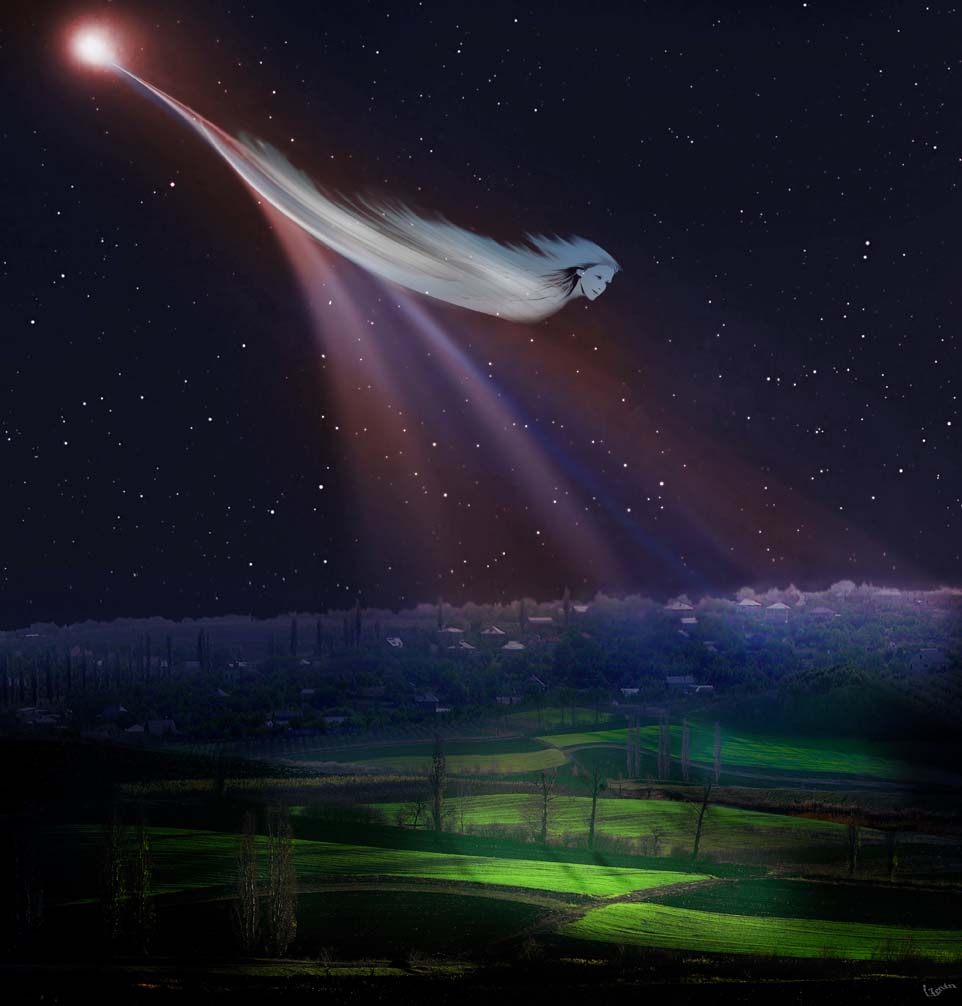
Mahatma Gandhi: "Occhio per occhio ed il mondo diventa cieco"!
• Sii il cambiamento che vuoi vedere nel mondo.
• Be the change you wish to see in the world.
• Occhio per occhio e il mondo diventa cieco.
• An eye for an eye will make the whole world blind.
• Le pagine della storia del mondo sono tutte lordate dai sanguinosi racconti delle guerre di religione. Solo con la purezza e le buone azioni dei seguaci si può difendere la religione, mai con la contrapposizione a chi professa altre fedi.
Igor Zenin

Happy Birthday Renoir! Was born in February 25 - 181 years ago!
Pierre-Auguste Renoir born in February 25, 181 years ago in Limoges, Haute-Vienne, France who was the leading painter in the development of the Impressionist style.
After years as a struggling painter, Renoir helped launch an artistic movement called Impressionism in 1870s.
Unlike most artists Renoir painted quickly - some of his work took only half an hour.
He eventually became one of the most highly regarded artists of his time. He died in Cagnes-sur-Mer, France, in 1919.
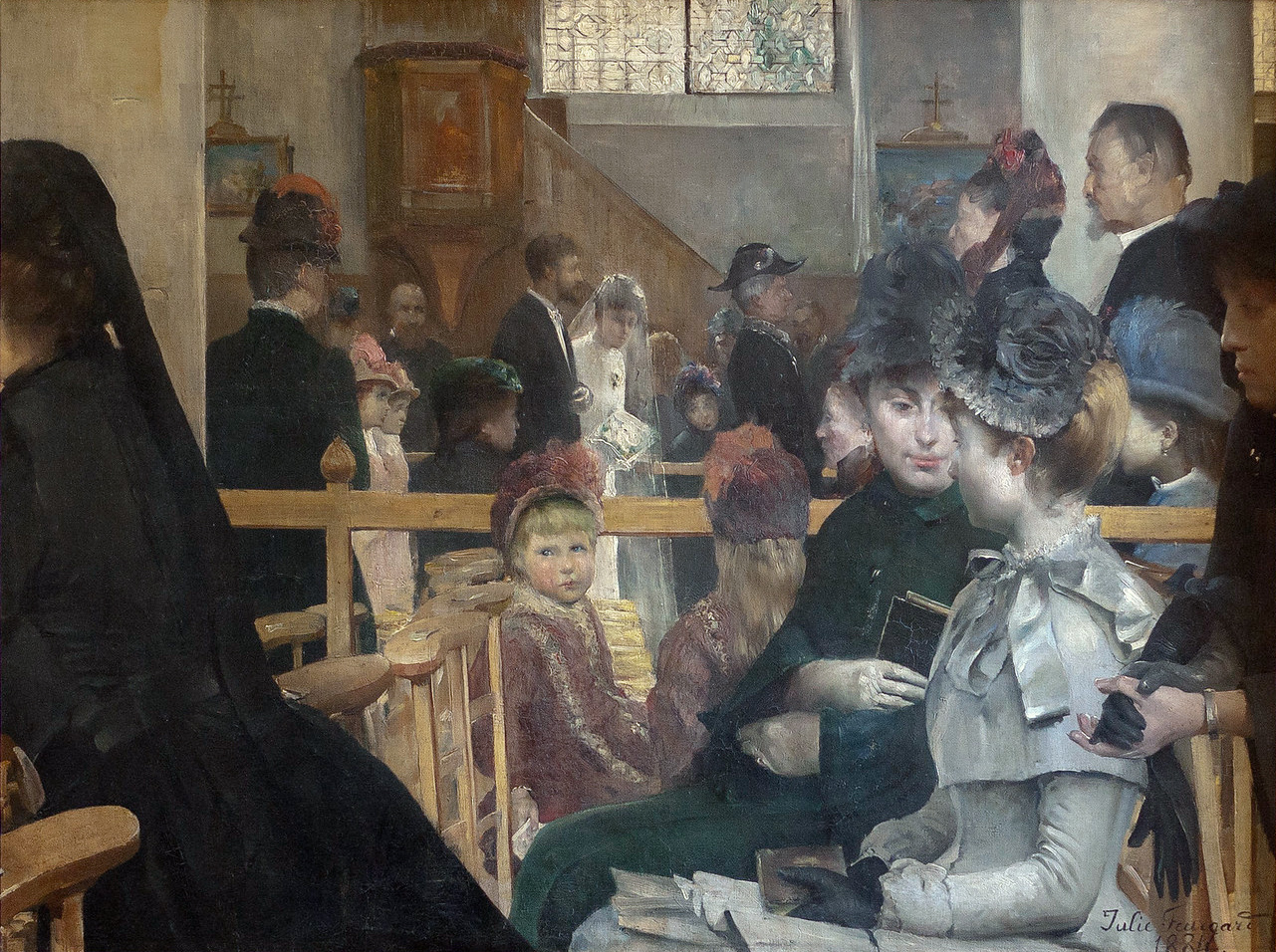
Julie Delance-Feurgard (1859-1892)
Julie Delance-Feurgard was a student at the Académie Julian, where she became close friends with fellow artist Louise Breslau, who painted a portrait of her (now at the Musée Cantonal des Beaux-Arts de Lausanne in Switzerland).
She exhibited at the Salon between 1880-1888, earning honorable mentions for her work there and at the 1889 Exposition Universelle.
Her work received positive attention from critics. She married one of her teachers, Paul-Louis Delance, in 1886, and continued her career, which was cut short by her untimely death in 1892. | Source: © The Clark Art Institute
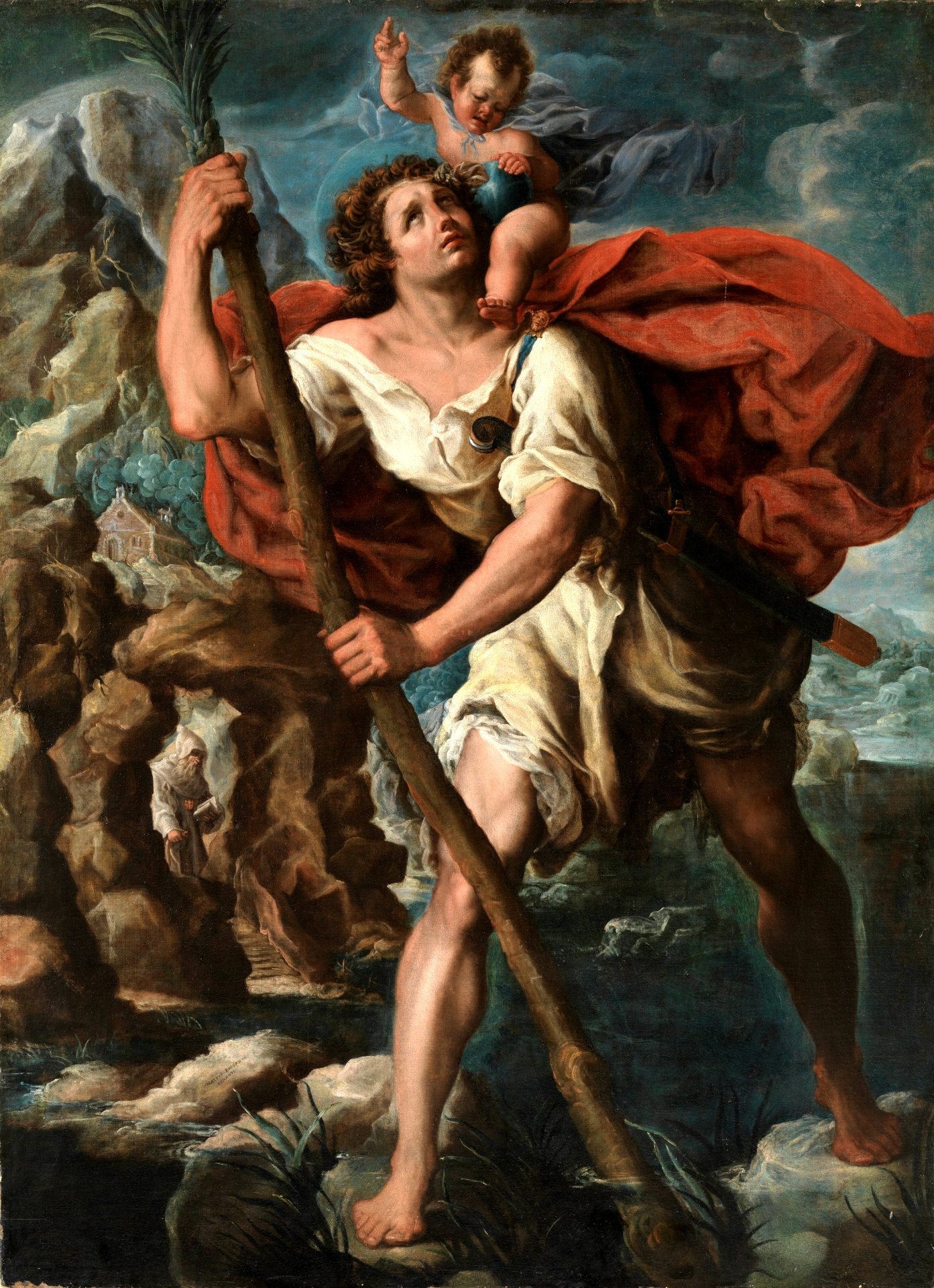
Orazio Borgianni | Baroque painter
Orazio Borgianni (6 April 1574 - 14 January 1616) was an Italian painter and etcher of the Mannerist and early-Baroque periods. He was the stepbrother of the sculptor and architect Giulio Lasso.
Borgianni was born in Rome, where he was documented in February 1604. He was instructed in the art of painting by his brother, Giulio Borgianni, called Scalzo.
The patronage by Philip II of Spain induced him to visit Spain, where he signed an inventory in January 1605.
He returned to Rome from Spain after April 1605 at the height of his career, and most of the work of his maturity was carried out 1605–16.
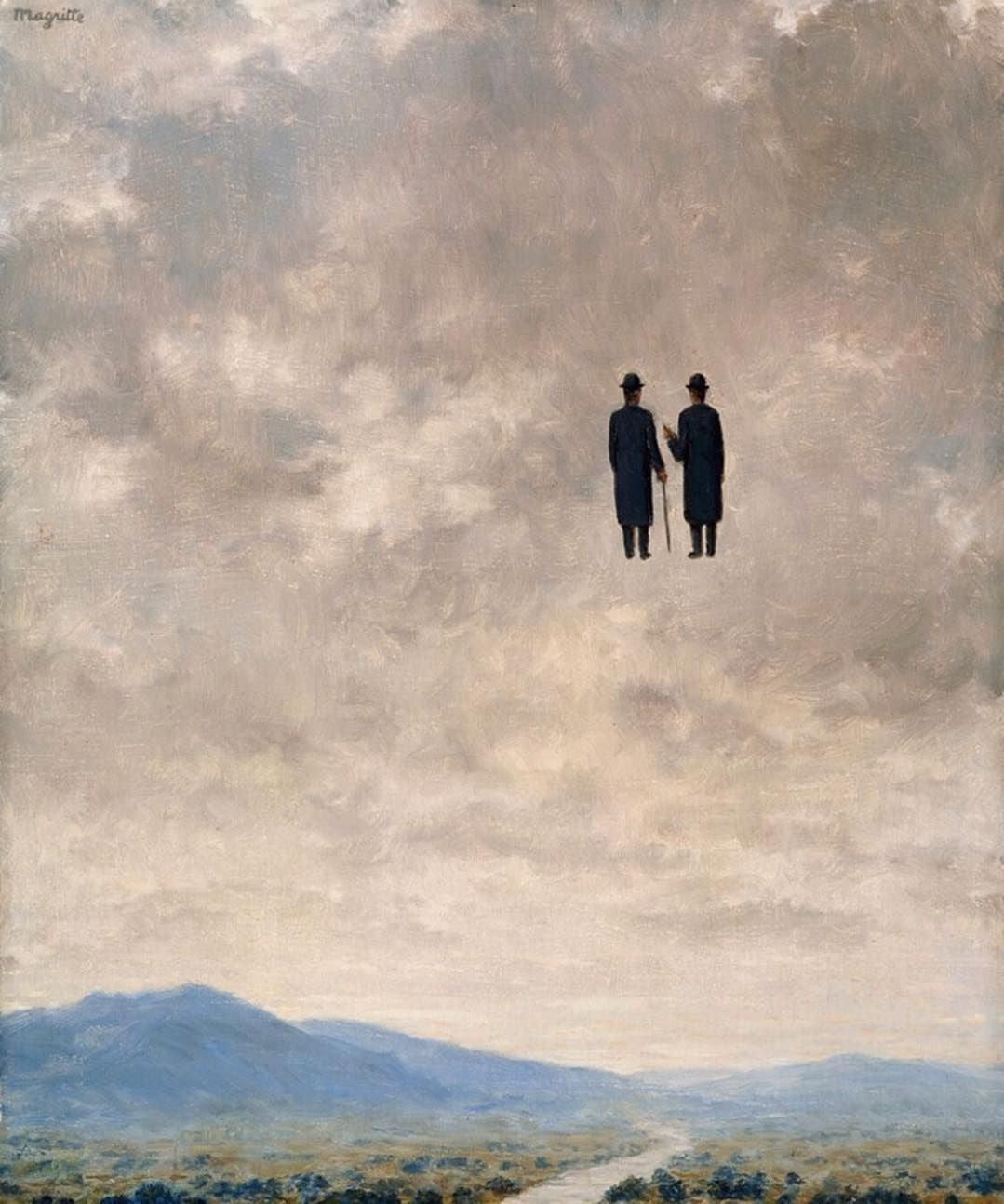
Legge di Murphy: "Non discutere mai con un idiota: la gente potrebbe non notare la differenza"!
Della Comitatologia | Capitolo Settimo
Legge di Old e Kahn
• L'efficienza di un comitato è inversamente proporzionale
al numero dei partecipanti e al tempo impiegato per raggiungere le decisioni.
Legge diShanahan
• La durata di una riunione aumenta col quadrato del numero dei presenti.
Legge dell'insignificanza
• Il tempo speso per ogni punto dell'ordine del giorno è sempre inversamente proporzionale
alla somma di denaro che il punto comporta.
Rene Magritte | The Art of Conversation, 1963

Édouard Manet | The Railway / La Ferrovia, 1873
With her back to us, a young girl stands looking through a fence. Facing us directly, a woman sits with a small dog in her lap and a book in her hand.
Billowing steam from an unseen train obscures the center background, but the edge of a bridge juts out at right, identifying the setting as Gare Saint-Lazare - Paris’ busiest train station and emblem of the city’s unsettling 19th-century makeover. Beyond depicting the modern city, The Railway disturbingly suggests how people experienced it.
Pinned against a long black iron fence, these fashionably dressed female figures are physically cut off from the railroad beyond and also seem estranged from each other: facing in opposite directions, they are absorbed in their individual activities. Manet offers us no clues to their relationship, even as we viewers seem to interrupt the woman reading.
She looks up at us directly with an expression that is neutral and guarded - the characteristic regard of one stranger encountering another in the modern metropolis.

Frédéric Chopin: "Play Mozart in memory of me!"
Frédéric François Chopin (1 March 1810 – 17 October 1849) was a Polish composer and virtuoso pianist of the Romantic period who wrote primarily for solo piano.
He has maintained worldwide renown as a leading musician of his era, one whose "poetic genius was based on a professional technique that was without equal in his generation".
All of Chopin's compositions include the piano.
Most are for solo piano, though he also wrote two piano concertos, a few chamber pieces, and some 19 songs set to Polish lyrics.
His piano writing was technically demanding and expanded the limits of the instrument, his own performances noted for their nuance and sensitivity.
His major piano works also include mazurkas, waltzes, nocturnes, polonaises, the instrumental ballade (which Chopin created as an instrumental genre), études, impromptus, scherzos, preludes, and sonatas, some published only posthumously.
Maria Wodzińska | Portrait of Frédéric Chopin, 1836 | National Museum Warsaw

Dennis Miller Bunker | Impressionist painter
Dennis Miller Bunker (November 6, 1861 - December 28, 1890) was an American painter and innovator of American Impressionism. His mature works include both brightly colored landscape paintings and dark, finely drawn portraits and figures.
One of the major American painters of the late 19th century, and a friend of many prominent artists of the era, Bunker died from meningitis at the age of 29.
Bunker was born in New York City to Matthew Bunker, the secretary-treasurer of the Union Ferry Company, and his wife, Mary Anne Eytinge Bunker (sister of illustrator Sol Eytinge Jr.).
In 1876 he enrolled at the Art Students League of New York and the National Academy of Design.
By 1880 he was participating in the annual exhibitions of the National Academy, the American Watercolor Society, and the Brooklyn Art Association.
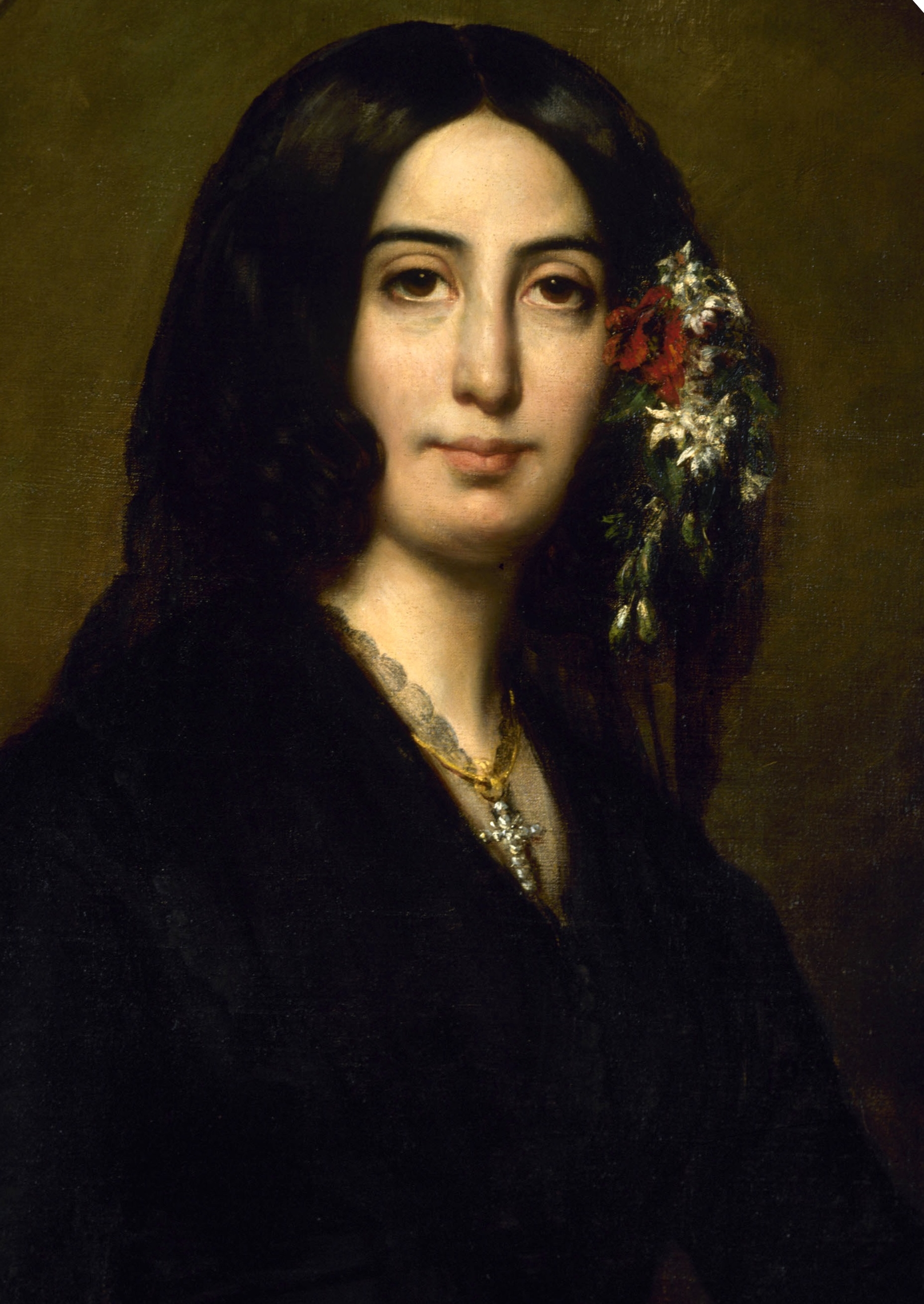
George Sand: "L'intelletto cerca, il cuore trova"
Amantine Lucile Aurore Dupin (1 July 1804 - 8 June 1876), best known by her pen name George Sand, was a French novelist, memoirist and journalist.
One of the most popular writers in Europe in her lifetime, being more renowned than both Victor Hugo and Honoré de Balzac in England in the 1830s and 1840s, Sand is recognised as one of the most notable writers of the European Romantic era.
• "Art is a demonstration of which nature is the proof".
• "Life resembles a novel more often than novels resemble life".
• "La vita assomiglia ad un romanzo più spesso di quanto i romanzi assomiglino alla vita".
• "I have an object, a task, let me say the word, a passion. The profession of writing is a violent and almost indestructible one".
• "Ho un oggetto, un compito, lasciatemi dire la parola, una passione. La professione dello scrittore è violenta e quasi indistruttibile".
Auguste Charpentier | Portrait of George Sand, 1838 | Musee Carnavalet (detail)
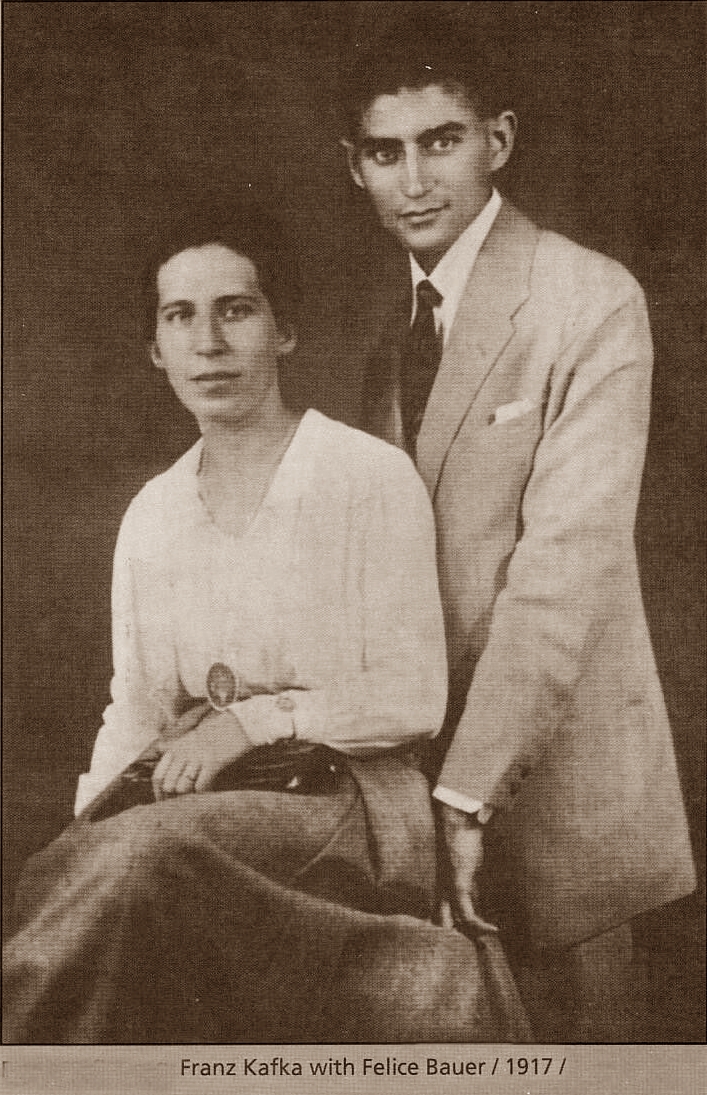
Lettere d'amore di Franz Kafka a Felice Bauer
"L'amore non è un problema, come non lo è un veicolo: problematici sono soltanto il conducente, i viaggiatori e la strada"
- Franz Kafka.
Kafka rifiutava la carnalità e la sua stessa corporeità. Egli stesso racconta il disgusto per il proprio corpo quando il padre accompagnandolo in piscina lo costringeva a denudarsi.
Lo stesso senso di ripugnanza egli lo esprimeva nei confronti dell'amore sessuale che descrive ad esempio ne "Il castello" come qualcosa di sporco e che riduceva l'uomo all'animalità.
Nella sua vita Kafka ebbe tre relazioni, maggiormente epistolari.
La più significativa rimase la relazione con la Felice Bauer (1887-1960), una steno-dattilografa prussiana d'origini ebraiche, la donna che liberò la forza creatrice di Kafka.
Franz Kafka, lo scrittore boemo, tra i maggiori del Novecento, incontrò Felice Bauer a Praga, in casa dell'amico Max Brod, la sera del 13 agosto del 1912.
Lui aveva 29 anni e lei 25, arrivata a Praga per lavoro.
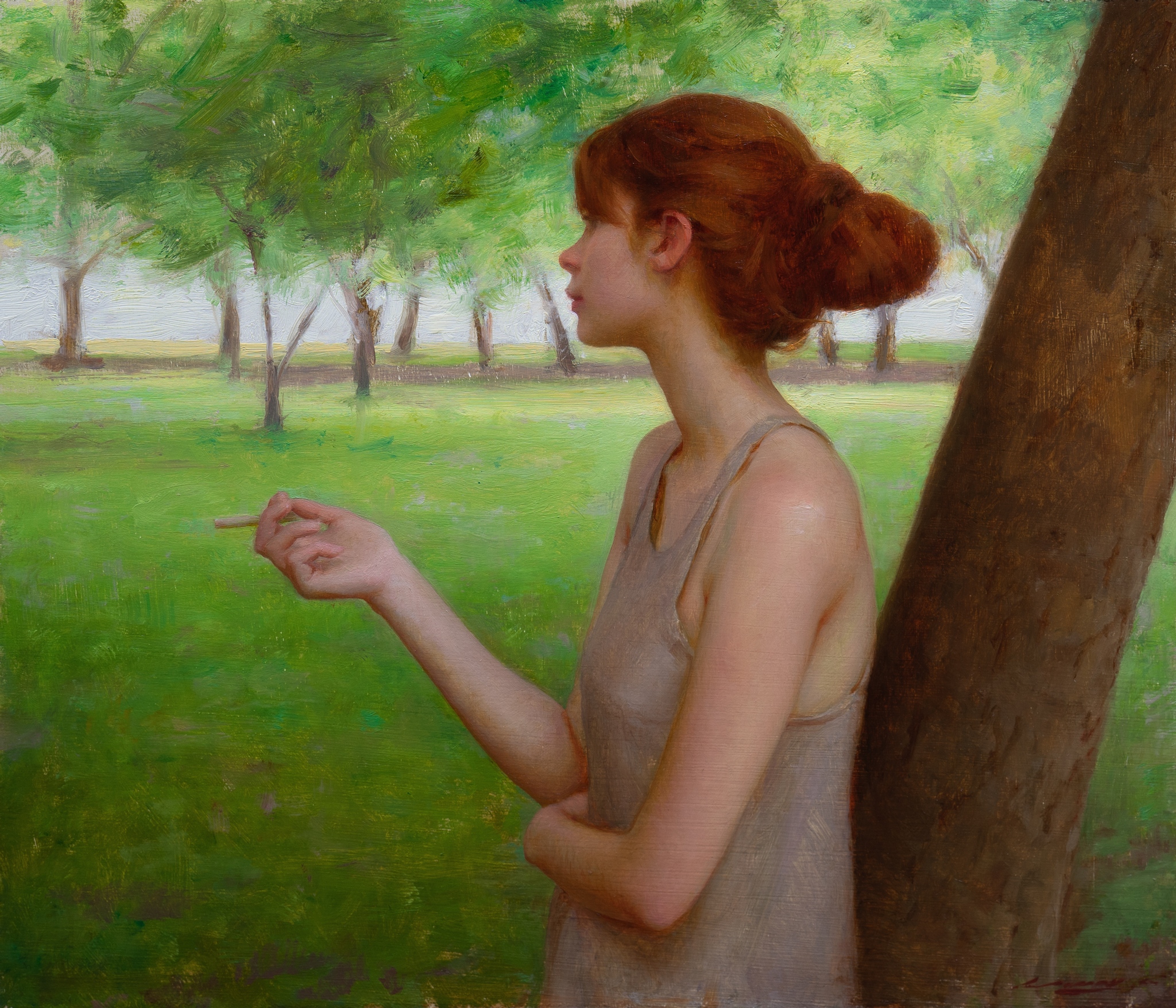
Wisława Szymborska | Ringraziamento / Thank-you note
Devo molto
a quelli che non amo.
Il sollievo con cui accetto
che siano più vicini a un altro.
La gioia di non essere io
il lupo dei loro agnelli.
Mi sento in pace con loro
e in libertà con loro,
e questo l’amore non può darlo,
né riesce a toglierlo.
Alex Venezia | A still moment

Legge di Murphy: "La gente è sempre disponibile per i lavori già fatti!"
Della Gearchiologia | Capitolo sesto
Legge di Heller
• Il primo mito del management è che esiste.
Corollario di Johnson
• Nessuno sa veramente mai quel che succede in un qualsiasi punto dell'organizzazione.
Principio di Peter
• In una gerarchia ogni membro tende a raggiungere il proprio livello di incompetenza.
Corollari
• Col tempo, ogni posizione tende a essere occupata da un membro che è incompetente a svolgere quel lavoro.
Il lavoro viene svolto da quei membri che non hanno ancora raggiunto il proprio livello di incompetenza.
Inversione di Peter
• La coerenza interna è assai più apprezzata dell'efficienza.
Erik Viktor Tryggelin (1878-1962) | Evening scene from Stockholm

Cesare Dandini | Baroque painter
Cesare Dandini (1 October 1596 - 7 February 1657) was an Italian painter of the Baroque period, active mainly in his native city of Florence.
He was the older brother of the painter Vincenzo Dandini (1609-1675).
His nephew, Pietro was a pupil of Vincenzo, and Pietro's two sons, Ottaviano Dandini and the Jesuit priest Vincenzo also worked as painters in Florence.
According to the biographer Baldinucci, Cesare first worked under Francesco Curradi, then Cristofano Allori, and finally Domenico Passignano.
.jpg)
Pablo Neruda | Perche' tu possa ascoltarmi.. / So that you will hear me..
Perché tu possa ascoltarmi le mie parole
si fanno sottili, a volte,
come impronte di gabbiani sulla spiaggia.
Collana, sonaglio ebbro
per le tue mani dolci come l'uva.
E le vedo ormai lontane le mie parole.
Più che mie sono tue.
Come edera crescono aggrappate al mio dolore antico.
Così si aggrappano alle pareti umide.
E' tua la colpa di questo gioco cruento.
Stanno fuggendo dalla mia buia tana.
Tutto lo riempi tu, tutto lo riempi.

Legge di Murphy: "Dentro ogni grande problema ce nè uno più piccolo che sta lottando per venir fuori"!
Della Murfologia Applicata alla Ricerca | Capitolo Quinto
Prima legge di Gordon
• Se non vale la pena fare una ricerca, non vale neanche la pena farla bene.
Legge di Murphy sulla ricerca
• Una ricerca abbastanza lunga tenderà a confermare ogni teoria.
Legge di Maier
• Se i dati non corrispondono alla teoria, vanno eliminati.
Corollari:
• Più vasta è la teoria, meglio è.
Un esperimento è da considerarsi un successo
se non più del 50 per cento dei dati ottenuti
deve essere scartato per ottenere i risultati previsti con la teoria.
Maurits Cornelis Escher (Dutch graphic artist, 1898-1972) | Drawing hands, January, 1948 | Gemeentemuseum Den Haag The Hague the Netherlands

Nikolay Ninov, 1973
Nikolay Ninov is a Bulgarian artist, born in 1973. He graduated from SSHU for PI. Tryavna, and later VTU "St. st. Cyril and Methodius", specialty Sculpture by prof. Konstantin Denev and prof. Velichko Minekov.
Since 2009 he is the Associate professor at Varna Free University in Sculpture. Winner of prizes for contemporary arts, including the award for Young Artist from the National Biennial of Small Forms, Pleven (2004).
He has participated in numerous national and international festivals and symposiums for contemporary arts and sculpture.
.jpg)
Lucio Olivieri, 1934 | Figurative sculptor
Lucio Oliveri is a contemporary Italian sculptor who lives and works in his native city of Milan.
For some year now, he has identified himself in a personalized figurative that aims to express states of mind and human attitudes through the synthesis/essential of the human figure.
Lucio Oliveri's artistic vocation was sparked in 1954 at the age of nineteen at the time of his father's death, when he decided to make a plasticine portrait of him.
In the 1970s he attended a sculpture course at the Centro Artistico Culturale Milanese for seven years under the guidance of Franco Zazzeri, completing his self-taught training.
.jpg)
Truong Buu Giam, 1948 | Abstract impressionism painter
Vietnamese-born American painter Truong Buu Giam was born on Christmas Eve, in the province of Bên Tre, South Vietnam.
His parents felt grateful on the birth of their fifth child.
They named the infant Buu Giam with a fateful meaning: Preserving the Precious and the Beautiful.
Already in elementary school, his teachers loved to have him come to the chalkboard and draw pictures so other children could copy.

El Greco | Tecnica e stile
Uno dei principi fondamentali dello stile di El Greco è il primato dell'immaginazione e dell'intuizione sulla rappresentazione soggettiva della creazione.
El Greco rifiutò i principi classicisti come misura e proporzione. Credeva che la grazia fosse l'obiettivo principale dell'arte, ma il pittore ha raggiunto la grazia solo se riesce a risolvere le problematiche più complesse con facilità e disinvoltura.
El Greco pensava che il colore fosse l'elemento più importante e allo stesso tempo meno governabile di un dipinto, e dichiarò che il colore aveva la supremazia rispetto all'immagine.
Francisco Pacheco del Río, un pittore che fece visita ad El Greco nel 1611, scrisse che all'artista piacevano «grandi macchie di colori puri e non mescolati, come fossero immodesti segni della sua abilità».

Paolo Veronese | Pittore Rinascimentale
Paolo Caliari, detto Paolo Veronese nacque a Verona nel 1528, da un Gabriele tagliapietra e da Caterina; morì a Venezia il 9 aprile 1588. Suo primo ed effettivo maestro, ricordato dai documenti, fu il pittore Antonio Badile (1518-1560) presso il quale il giovane Veronese fu a bottega; e non molto maggiore importanza per il principiante dovette avere l'arte di Domenico Brusasorci (nato nel 1516): ambedue codesti pittori non certo grandissimi discendevano da Gianfrancesco e Giovanni Caroto, artisti di quella branca che s'ingegnava a orientare la pittura veronese verso Venezia.
Sulla prima formazione tecnica di Veronese dovettero anche avere efficienza i maestri bresciani Romanino, Moretto e Savoldo, presenti con opere a Verona al suo tempo. Scarsamente tuttavia: ché il giovane Caliari aveva in sé troppa forza per poter soggiacere all'inferiorità espressiva dei citati; e, per quel tanto che volle seguire la loro via, preferì farlo rivolgendosi direttamente alla fonte delle novità tecniche ch'essi portavano in patria: a Venezia, cioè, la quale esercitò subito su di lui il suo altissimo fascino.
Iscriviti a:
Post (Atom)

